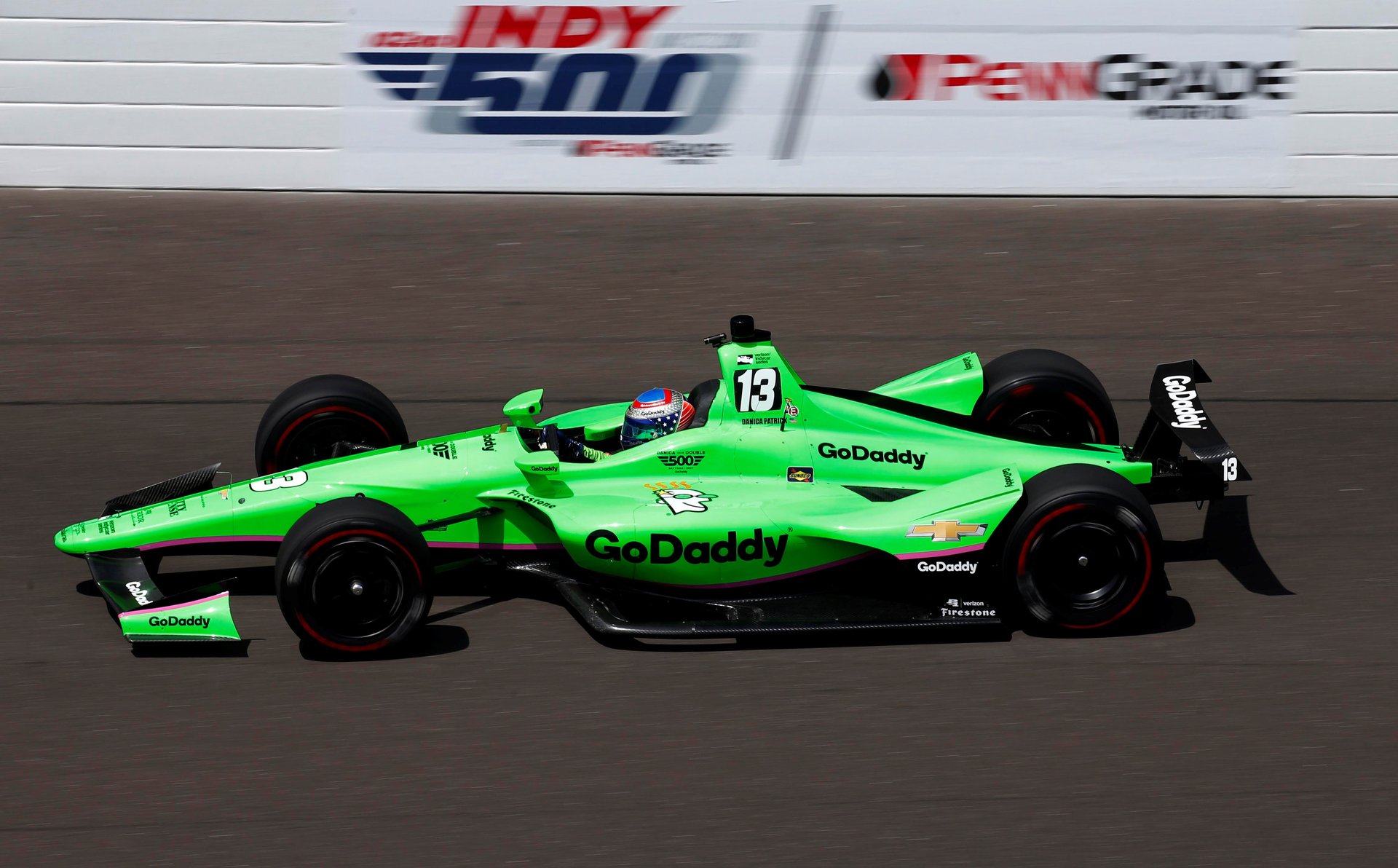Indianapolis Motor Speedway records are unlikely to fall at the 2018 Indy 500
From the 1950s to the 1990s, Indy 500 cars became faster at a fairly regular rate of growth, gaining approximately 2.5 mph every year. In 1996, Arie Luyendyk set the Indianapolis Motor Speedway track record, hitting 237.498 mph (382 km per hour) in the qualifying rounds. That was also the year Eddie Cheever Jr. set what remains the fastest race lap in Indy 500 history, with a 236.103 mph third lap. Nobody’s hit 230 mph since.


From the 1950s to the 1990s, Indy 500 cars became faster at a fairly regular rate of growth, gaining approximately 2.5 mph every year. In 1996, Arie Luyendyk set the Indianapolis Motor Speedway track record, hitting 237.498 mph (382 km per hour) in the qualifying rounds. That was also the year Eddie Cheever Jr. set what remains the fastest race lap in Indy 500 history, with a 236.103 mph third lap. Nobody’s hit 230 mph since.
Luyendeyk has chalked up the crazy speeds of 1996 to a mix of things:
We had a really good car, and we were fine-tuning it, picking up a quarter-mile here, a half a mile there. By the time we were done, we were able to get up to those crazy speeds. They had also just repaved the track at the Speedway that year. They took out the rumble strips, which gave us a few more feet of track, and those Firestone tires were just unbelievable. All of that played a part.
Nineteen ninety six was also the last year where turbocharged engines were allowed at the Indianapolis Motor Speedway, which would seem to explain why top speeds flatlined. Except turbos were brought back in 2012, and have been allowed since.
The fact that it no longer seems likely for records to fall at any given Indy 500 might be why the event is no longer as popular as it once was. Luyendeyk agrees. “When I think about it, it’s probably time for someone to break my record to get that excitement going for the 500 again,” he said in 2016. “I’ve been the record holder for 20 years now, and that’s long enough for me.”
The 2018 Indy 500 is scheduled for 12:20pm eastern time, and will be broadcast on ABC.